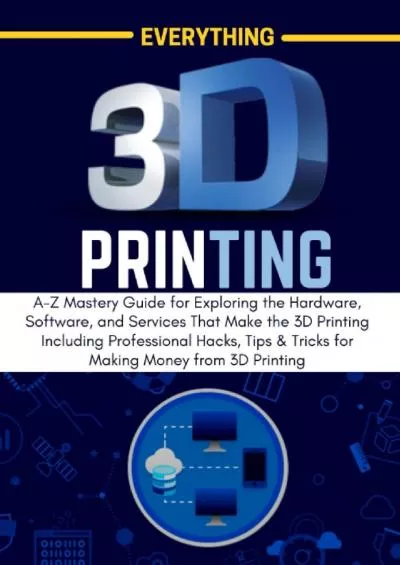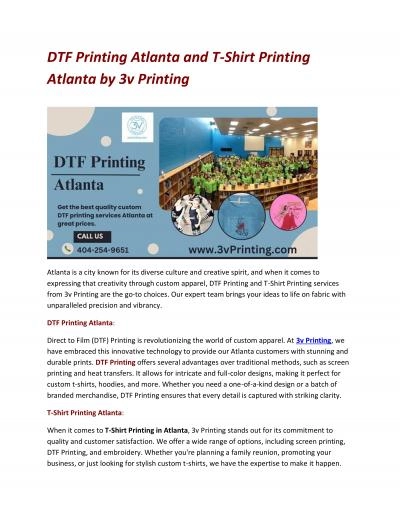PPT-Silkscreen Printing: Preparing and Exposing Photographic Silkscreens
Author : tawny-fly | Published Date : 2018-10-06
Lesson 3 Materials Open silkscreen Scoop coater Photosensitive emulsion The Andy Warhol Museum one of the four Carnegie Museums of Pittsburgh All rights reserved
Presentation Embed Code
Download Presentation
Download Presentation The PPT/PDF document "Silkscreen Printing: Preparing and Expos..." is the property of its rightful owner. Permission is granted to download and print the materials on this website for personal, non-commercial use only, and to display it on your personal computer provided you do not modify the materials and that you retain all copyright notices contained in the materials. By downloading content from our website, you accept the terms of this agreement.
Silkscreen Printing: Preparing and Exposing Photographic Silkscreens: Transcript
Download Rules Of Document
"Silkscreen Printing: Preparing and Exposing Photographic Silkscreens"The content belongs to its owner. You may download and print it for personal use, without modification, and keep all copyright notices. By downloading, you agree to these terms.
Related Documents

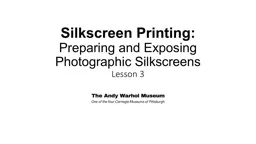

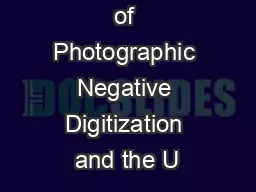
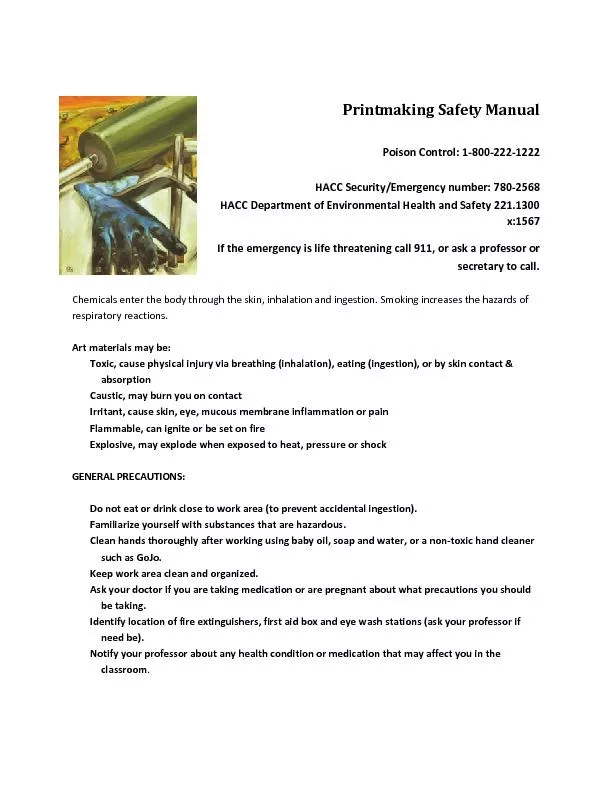

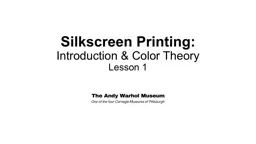

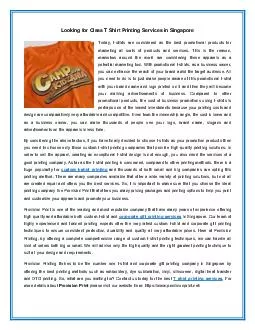
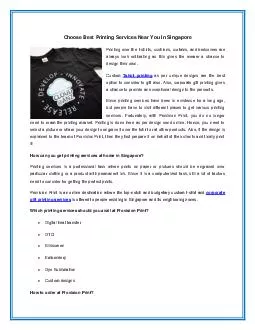
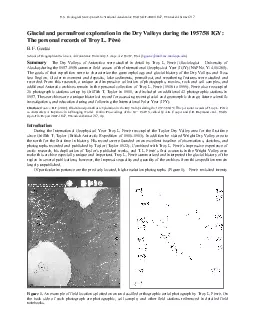
![[EPUB] - Anatomy: A Photographic Atlas (Color Atlas of Anatomy a Photographic Study of](https://thumbs.docslides.com/903572/epub-anatomy-a-photographic-atlas-color-atlas-of-anatomy-a-photographic-study-of-the-human-body.jpg)

